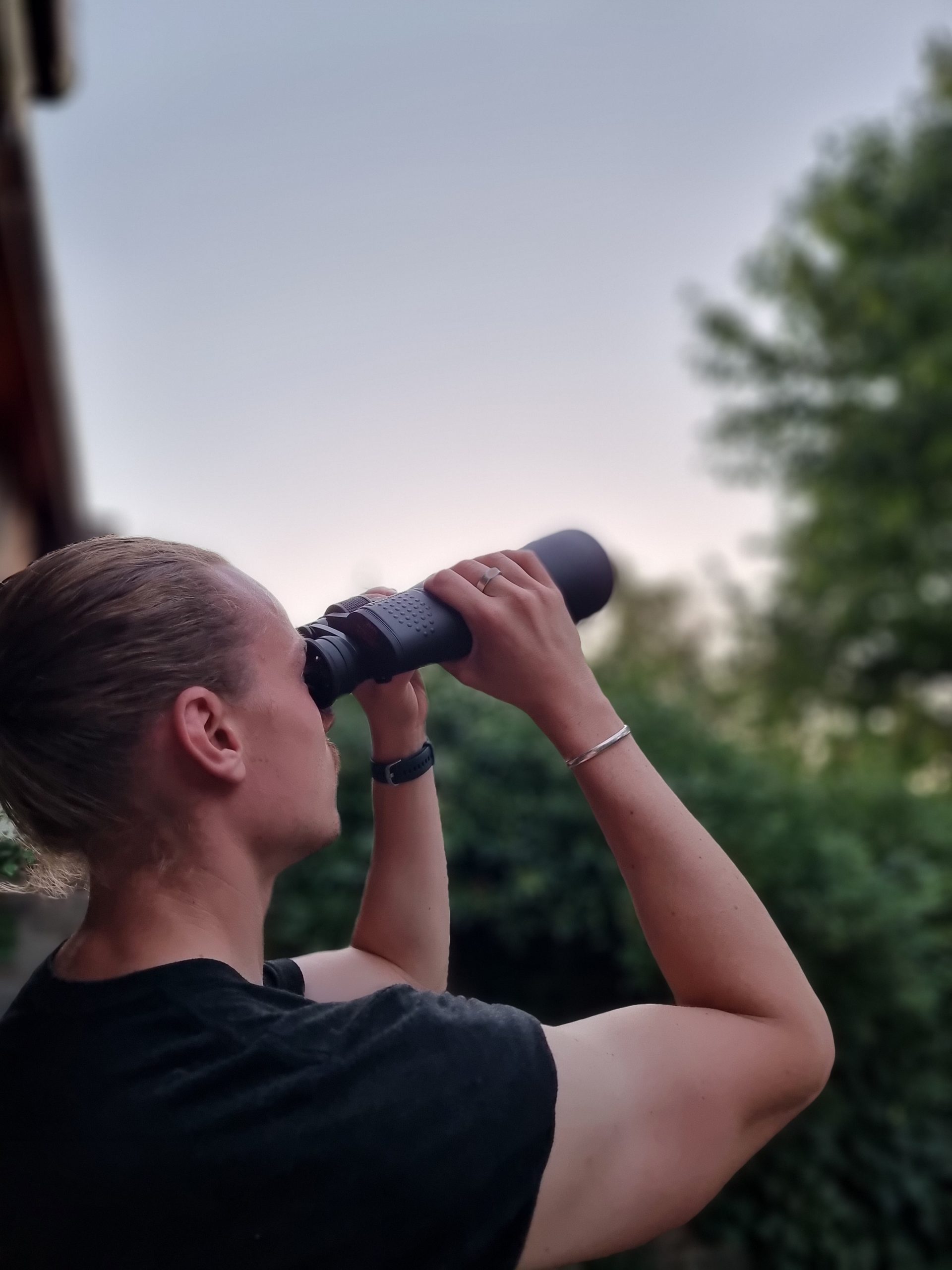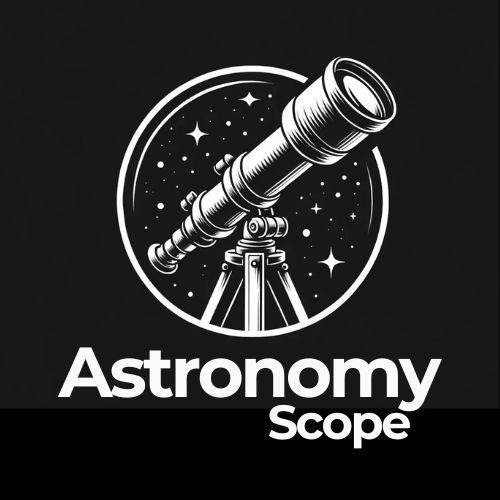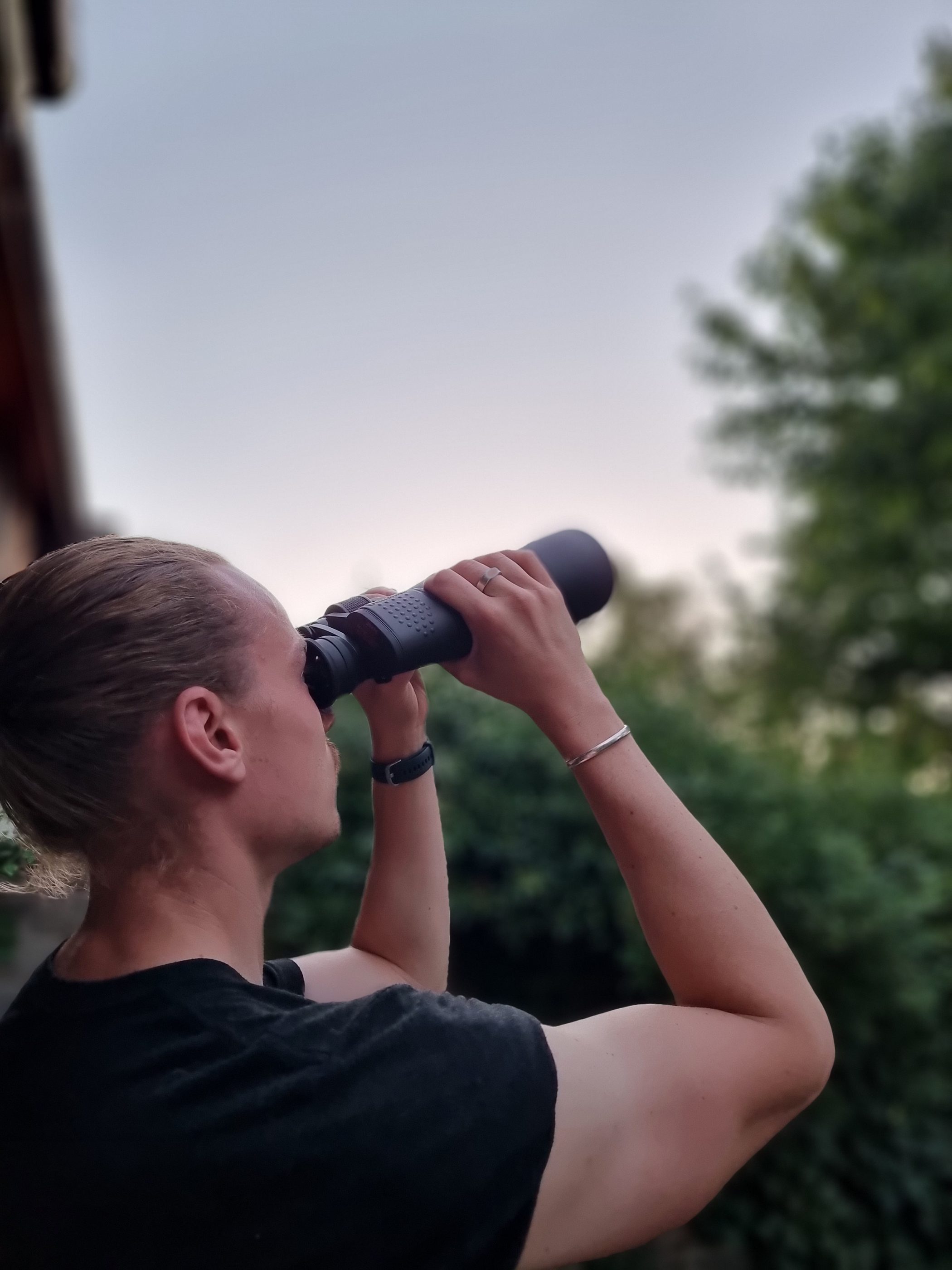As we all know, owning a telescope can provide some fascinating views and observations of the night sky. However, each telescope has its limits in terms of power, thankfully I have a safe and easy way to increase the magnification of your telescope with one simple change.
So, how do you increase the magnification of a telescope? The best and easiest way is to change the eyepiece. Eyepiece(s) typically come included and alongside a telescope when you buy it, but they are available to purchase separately and can be easily attached, detached, and replaced. Each eyepiece will provide a certain amount of magnification, but the shorter the eyepiece the higher the magnification it will provide.
Different eyepieces will be best for different uses (e.g. planet observation), however, there are also other components of a telescope you can add/upgrade to improve magnification further, like Barlow Lenses and Extension Tubes.
In this article, I’m going to show you some of the things that you can do to improve the magnification of your current telescope.
How To Increase Magnification Of A Telescope
The first thing you need to do is to understand how magnification is calculated because this will help you to understand how you can manipulate it for your own needs and preferences.
The magnification of a telescope is calculated as follows:
Focal Length of the Telescope* ÷ Focal Length of the Eyepiece.
*The focal length of the telescope is typically marked on the optical tube.
Accordingly, you can see that the magnification of a telescope changes with the eyepiece used.
What is a Telescope Eyepiece?
Telescope eyepieces are small attachable and detachable components. You usually get 1 or 2 provided with any telescope purchase.
The eyepiece is the lens that is fixed onto the end of the telescope’s tube. This is where light enters and converges – you’ll sometimes see this titled the ‘focal plane’ of the telescope.
Eyepieces come in a range of sizes and each will provide a different amount of magnification.
Therefore some eyepieces will be better than other for certain observations, like observing planets (Read More: Best Telescope Eyepieces for Viewing Planets)
Although the eyepiece is the primary telescope component to increase magnification, there are others, which will work in unison with an eyepiece to improve the ‘zoom’.
These are primarily Barlow Lenses and Extension Tubes which I will cover later in this article.
You can purchase eyepieces separately, but it makes far better sense to purchase a comprehensive kit and all together.
My favorite and most recommended is the Celestron Eyepiece and Filter Kit (available in both 1.25″ and 2″ sizes).
It works out very cost-effectively saving you over $700 (if you were to buy each item on their own).
It also comes with 2 Barlow Lenses, a mirror diagonal, and a number of filters that you can use to observe the moon.
If you want to get some new eyepieces for your telescope, these are the ones I thoroughly recommend and suggest.
Measuring Magnification
The best way to understand how to measure magnification is by using telescope specification and then running the numbers.
So for example, take my Celestron NexStar 6SE, which has a Focal Length of 1500mm. It came with a 25mm eyepiece.
With this eyepiece attached to my 6SE, I will get a magnification power of 60x (compared to just using my naked eye):
Here’s how the magnification was calculated: 1500 ÷ 25 = 60.
If I had used a 9mm eyepiece, I would get a magnification of 166x.
So all you have to do is divide your telescope’s focal length with the length of the eyepiece you have or want to use.
The shorter the eyepiece (in mm) the greater magnification. This is because shorter eyepieces have shorter focal lengths, which means higher magnification.
What does this all mean?
If you want to increase the magnification of your telescope, and you are using a larger focal length eyepiece, you should look for shorter eyepieces.
This is where a range of eyepieces (and a Kit) comes in ideal, as it enables you to regularly change magnifications throughout your observations and find the one that is best for you.
Increasing Telescope Magnification with a Barlow Lens
An additional thing you can do to expand the magnification of your telescope further is to add a Barlow Lens. You will need to place the lens in front of the eyepiece.
A Barlow lens spreads the light out and increases a telescope’s focal length. The result is that the image being observed is magnified.
A good quality Barlow Len can double (2x), sometimes triple (3x) the magnification of a telescope and you will be able to identify its power by looking for these numbers in any product listing and descriptions.
So going back to our example, placing a 2x Barlow lens in front of the 25mm eyepiece on my 6SE, will double the magnification of the eyepiece from 60x, to 120x.
If I placed this same Barlow Lens in front of a 9mm eyepiece, the magnification will increase to 322x.
Using a 3x Barlow lens, the magnification is tripled, so my 25mm eyepiece provides 180x magnification, compared to my 9mm eyepiece giving me 498x.
Increasing Telescope Magnification with an Extension Tube
The final way you can increase the magnification of a telescope is by adding an Extension Tube.
These are designed to fit in between the Barlow lens and the eyepiece (of course when both are attached).
A lot of the major astronomy equipment manufacturers sell extension tubes, like this, but you will need to ensure that you get the right size depending on your telescope eyepieces. You can typically get them in 1.25″ and 2″ sizes.
Adding an extension tube will result in a further 2-3x increase in magnification of your telescope. This will of course depend on the extension tube you choose and use.
Extension Tubes ultimately work by adding distance between the Barlow lens and the eyepiece. This means the focal length of the eyepiece is reduced, which results in a higher magnification.
Final Words
Increasing the magnification of a telescope is actually relatively simple. All you need to do is to make use of one of the three optical components mentioned in this article:
Eyepieces, a Barlow Lens and/or an Extension Tube.
With increased magnification comes the ability to see more planetary features, but consider that as you increase in magnification, brightness goes down.
This is why you need a telescope with as much aperture (light gathering ability) as you can afford.
It means you can increase the magnification with less deleterious effects on your observations!
With my 1500mm telescope and 25mm eyepiece, I can observe the planets without the need to attach my Barlow Lens.
However if I did decide to attach it, I would be able to observe the planets more closely but my field of view (amount of the sky I see at any one time), would be more limited.
One of the best strategies to locate and observe an object is to start with a low magnification and power eyepiece (like a 25mm eyepiece).
Then, you can swap to a higher power eyepiece (like a 9mm eyepiece) or even attach a Barlow Lens to ‘zoom in’.
This is where an eyepiece kit is so useful, because you get a range of eyepieces and some Barlow Lenses included.
To take it a step further, you could also attach an extension tube, but consider that the image quality is likely to decrease.
Remember, when choosing your eyepieces, Barlow Lenses and Extension Tubes be sure to get the right size for your telescope.
They all are available in both 1.25″ and 2″ sizes – which size you need will obviously be individual to you and your equipment.
I hope you enjoyed this article and now know how to increase the magnification of your telescope.

Hey, my name is Jeremy. I’m a passionate and seasoned astronomer who loves nothing more than observing the night sky. I also love researching, learning, and writing all things Space and the Universe. I created Astronomy Scope to share my knowledge, experience, suggestions, and recommendations of what I have learned along the way while helping anyone to get into and maximize their enjoyment of the hobby.


Thanks, an excellent article with very useful information for me, a novice . Using an eyepiece of shorter focal length provides higher magnification but, as pointed out, consider the telescope’s ability to gather light because higher mag causes lower brightness. To counter this, telescopes with wider apertures gather more light.